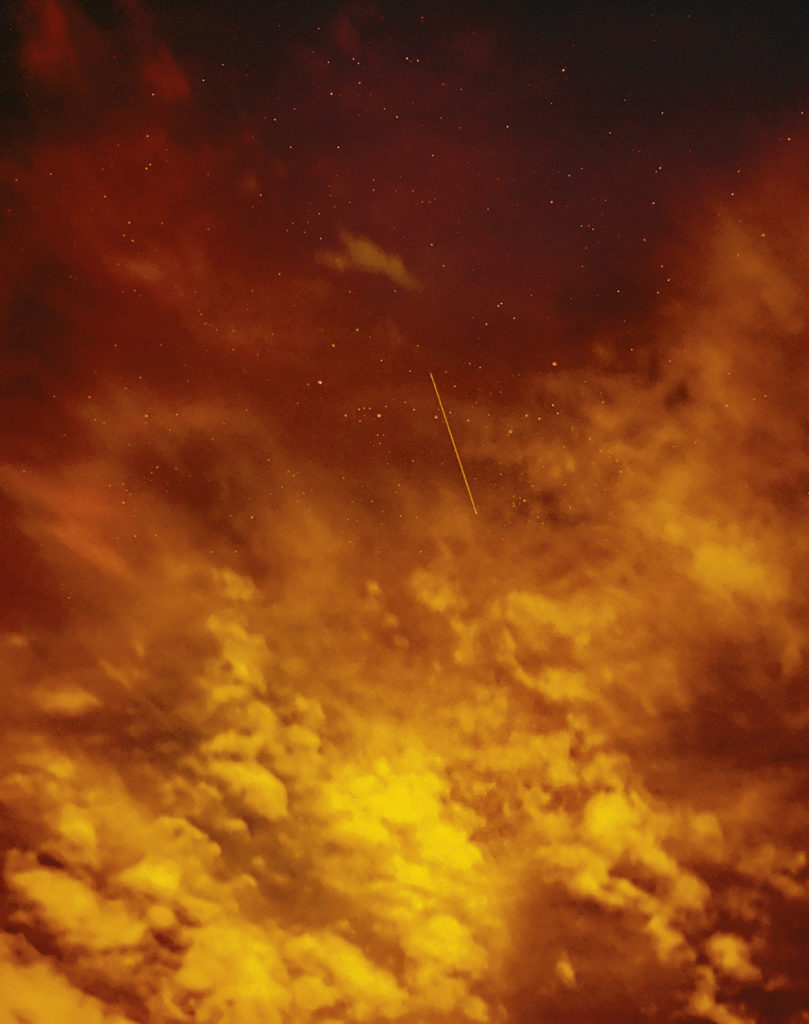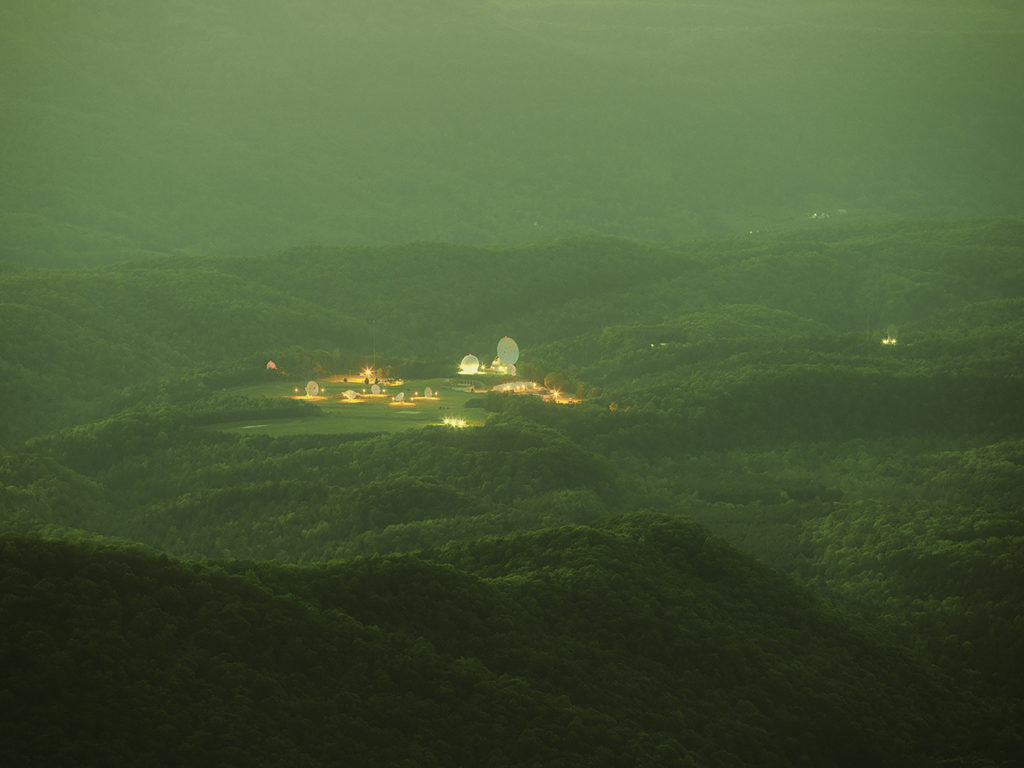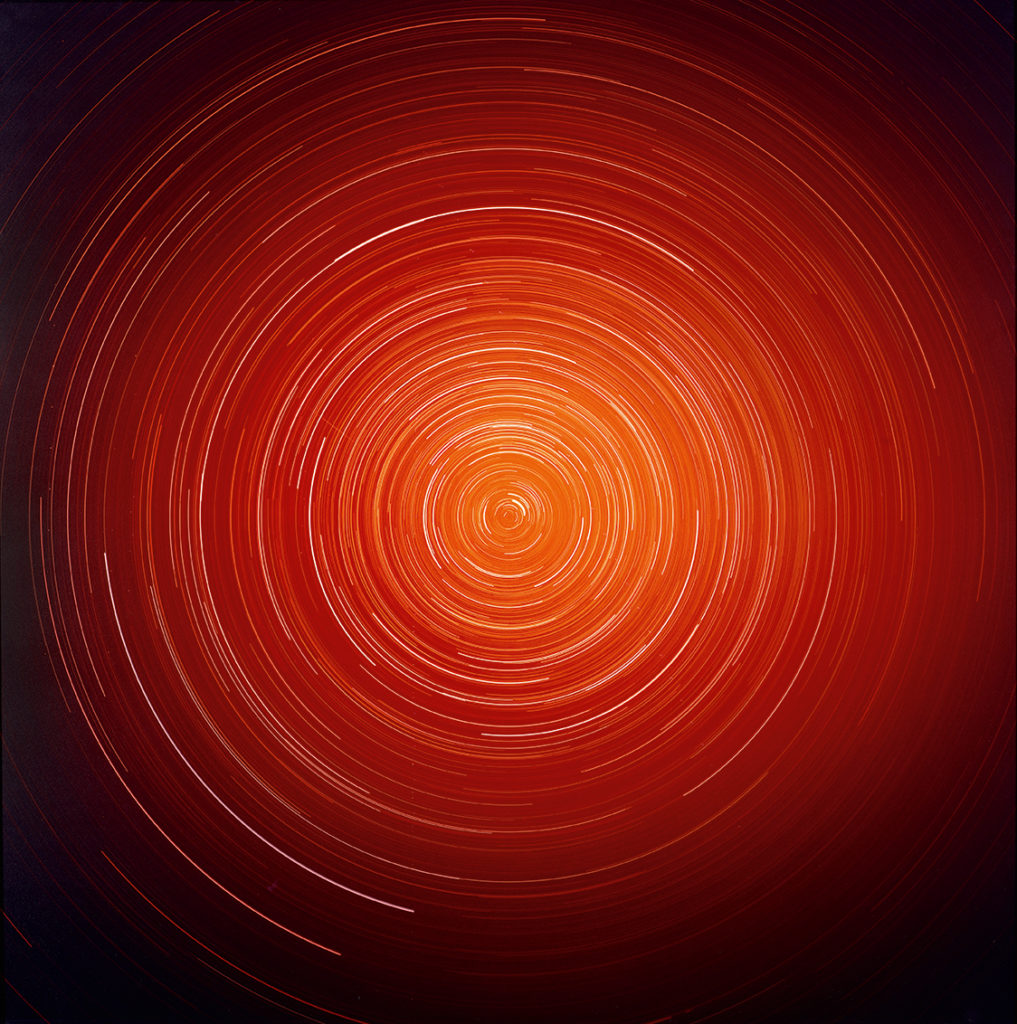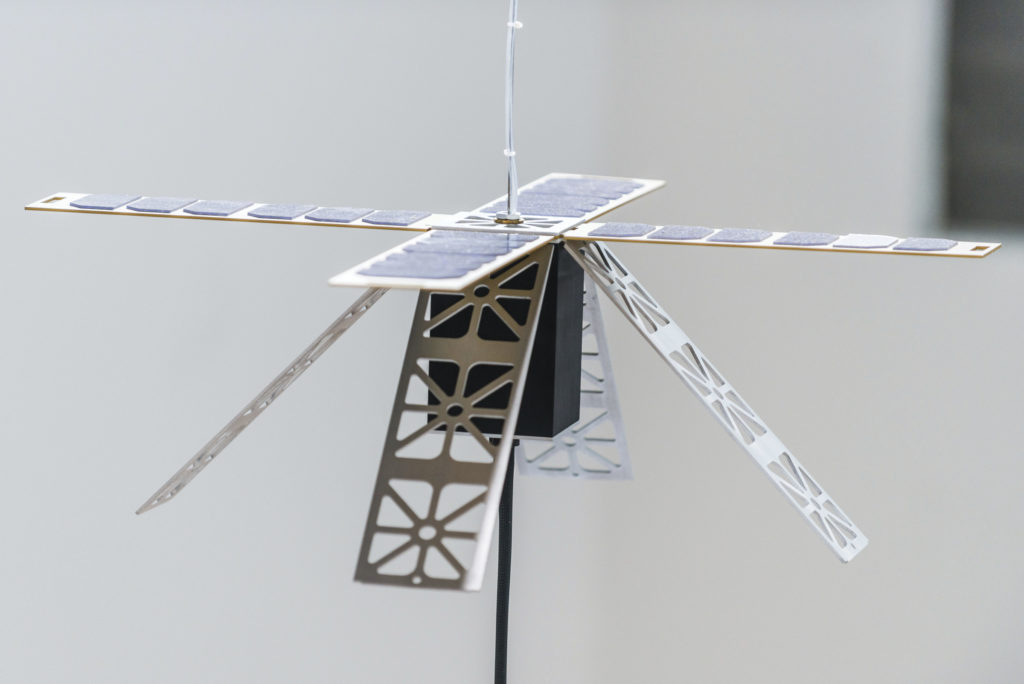Sites Unseen & Orbital Reflector
Trevor Paglen is an artist and writer whose work spans image-making,
sculpture, investigative journalism, and engineering. With a PhD in geography
from the University of California, Berkeley, Paglen blurs disciplinary
boundaries in unfamiliar and at times unsettling ways. Inspired by the landscape
tradition, he revisits the same horizon captured by photographers Timothy
O’Sullivan in the nineteenth century and Ansel Adams in the twentieth. But in
Paglen’s photographs the infrastructure of surveillance is also apparent—a
classified military installation, a spy satellite, a tapped communications cable,
a drone, or some manifestation of artificial intelligence (AI).
Paglen’s photographs show something we are not meant to see,
something whose concealment he regards as symptomatic of our historical moment.
By opening the viewer’s eyes to this hidden reality, he hopes to inspire the
imagination of alternative futures and actions to realize these visions.
Trevor Paglen: Sites Unseen, on display from June 21, 2018, through January 6, 2019, at the Smithsonian American Art Museum (SAAM), is a mid-career survey, the first exhibition to present Paglen’s early photographic series alongside his recent sculptural objects and new work with AI. The exhibit will travel to the Museum of Contemporary Art San Diego, San Diego, on display from February 22 through June 2, 2019. The exhibit is organized by John Jacob, SAAM’s McEvoy Family Curator for Photography.
In addition, Trevor Paglen: Orbital Reflector, on display at the Nevada Museum of Art through January 31, 2019, presents archived materials generated from the Orbital Reflector project housed in the Museum’s Center for Art + Environment.
Visit Trevor Paglen’s homepage here: http://www.paglen.com/
Play Slideshow

KEYHOLE 12-3/IMPROVED CRYSTAL Optical Reconnaissance Satellite Near Scorpio (USA 129)
Trevor Paglen, 2007. From "The Other Night Sky" series, 2007; C-Print, 48 x 60 inches.
The Other Night Sky is a project to track and photograph classified US satellites, space debris, and other obscure objects in Earth orbit. The project uses observational data produced by an international network of amateur satellite observers to calculate the position and timing of overhead transits so that they can be photographed with telescopes and large-format cameras and other imaging devices.

National Security Agency, Ft. Meade, Maryland; National Reconnaissance Office, Chantilly, Virginia; National Geospatial-Intelligence Agency, Springfield, Virginia
Trevor Paglen, 2014. Chromogenic prints. Collection of the Smithsonian American Art Museum, courtesy of the artist and Metro Pictures.
In response to former intelligence contractor Edward Snowden’s leak of classified documents detailing the National Security Agency’s reconnaissance programs, Paglen rented a helicopter to photograph the headquarters of three large intelligence agencies, then released the images into the public domain.

They Watch the Moon
Trevor Paglen, 2010. C-print, 38 x 46 inches. Collection of Cynthia and Armins Rusis.
This photograph depicts a classified “listening station” deep in the forests of West Virginia. The station is located at the center of the “National Radio Quiet Zone,” a region of approximately 34,000 square kilometers in West Virginia and parts of Maryland. Within the Quiet Zone, radio transmissions are severely restricted: omnidirectional and highpowered transmissions (such as
wireless internet devices and FM radio stations) are not permitted.
The listening station, which forms part of the global ECHELON system, was designed in part to take advantage of the phenomenon called “moonbounce,” in which communications and telemetry signals that are heading toward space hit the moon and are reflected back towards Earth, at which point they can be captured.
This photograph is a long exposure under full moonlight.

STSS-1 and Two Unidentified Spacecraft Over Carson City (Space Tracking and Surveillance System, USA 205)
Trevor Paglen, 2010. From "The Other Night Sky" series; C-print, 48 x 48 inches. Collection of the Smithsonian American Art Museum, gift of Mike Wilkins and Sheila Duignan.
The STSS-1 is one of a pair of satellites built to serve within the US Ballistic Missile Defense System. Operating in low-Earth orbit, these satellites surveil in real-time and enable the targeting systems of selfguided missiles and drones.

Prototype for a Nonfunctional Satellite (Design 4; Build 4)
Trevor Paglen, 2014. Mixed media, 16 x 16 x 16 feet. Courtesy of Altman Siegel Gallery and Metro Pictures.
Developed in collaboration with aerospace engineers, the nonfunctional satellites are space-worthy sculptures that are launched in small packages and expand when they reach low-Earth orbit to become large, highly reflective structures that are visible from the Earth after sunset and before dawn as bright, slowly moving, flickering stars. The sculptures remain in orbit for several weeks before burning up on reentry through the atmosphere. These designs are responses to the question of what aerospace engineering would look like if its methods were decoupled from the corporate and military interests underlying the industry. The nonfunctional satellite recasts the old question of “art for art’s sake,” asking whether we can imagine something like “aerospace engineering for aerospace engineering’s sake.”

Prototype for "Trevor Paglen: Orbital Reflector"
Trevor Paglen, 2016. Co-produced and presented by the Nevada Museum of Art. On view in the Donald W. Reynolds Grand Hall at the Nevada Museum of Art. Courtesy of Nevada Museum of Art.

Diamond Balloon Rendering
Trevor Paglen, 2016.
Orbital Reflector is a sculpture constructed of a lightweight material similar to Mylar. It was housed in a small box-like container known as a CubeSat and launched into space aboard a rocket on December 3, 2018. Once in low-Earth orbit at a distance of about 350 miles (575 kilometers) from Earth, the CubeSat opened and released the sculpture, which self-inflates like a balloon. Sunlight reflects off the sculpture, making it visible from Earth with the naked eye, looking like a slowly moving artificial star as bright as a star in the Big Dipper. It will be visible until mid-to-late January 2019.







